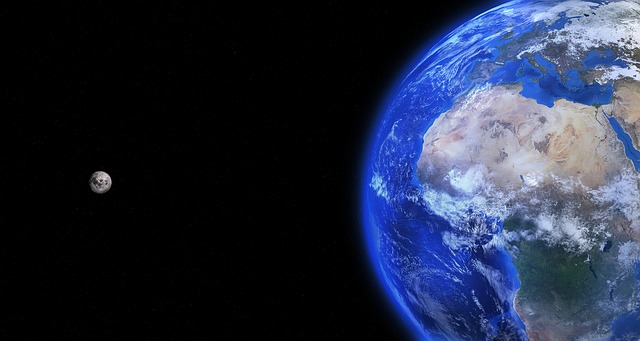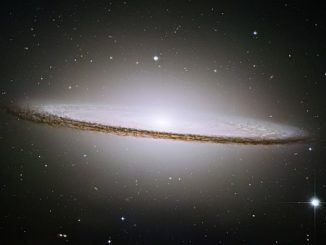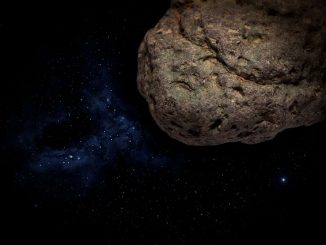
By sending two probes to the Moon, German scientists are hoping that aside from lunar surface exploration, they can also help put to rest persistent rumors that the Apollo 17 mission in 1972 was an elaborate hoax. The scientists belong to the PTScientists Team, one of the contenders in the Google Lunar X-Prize challenge.
The Google Lunar X-Prize is an international competition with a staggering prize money worth $30 million — $20 million for the grand prize winner, $5 million for the second place winner, and another $5 million as special bonus.
There are 16 teams competing. To win, a team needs to successfully land a rover on the moon, have it travel 500 meters, capture HD images, record HD videos, and send these data back to Earth. The team also has to prove that 90% of their mission expenses were paid for by private groups and sources.
To stay in the race, a team has to submit a launch contract and have this verified by the specified December 31 deadline. So far, there are only 3 teams with verified launch contracts — Moon Express, SpaceIL and Synergy Moon. And it looks like PTScientists will be the 4th team.
According to the PTScientists team, they have just signed a contract with Spaceflight Industries — a Seattle-based company that works as a broker for launch service providers — to launch their rovers by late 2017 or early 2018. Most likely (although it has yet to be confirmed), the PTScientists’ spacecraft will hitch a ride on a SpaceX Falcon 9 rocket to get to the moon.
Once on the moon, the spacecraft will land about 3 – 4 kilometers from the Apollo 17 landing site, then deploy its 2 rovers (developed in partnership with German car maker Audi) to remotely observe the lunar roving vehicle supposedly left behind by the astronauts in 1972.
Why study the lunar rover from a distance? Because based on NASA guidelines, anyone (or anything) that lands on the moon has to do so at least 2 kilometers away from Apollo 17’s landing site in 1972 to preserve the historic site and avoid any damages to it. And, the nearest approach can only be up to 200 meters. Even at that distance, it is hoped that enough evidence (through photographs taken by HD cameras) can be gathered to confirm once and for all, the truth or conspiracy behind the Apollo 17 landing.
Aside from lunar missions, the PTScientists team also hopes to send rovers to other planets. They are particularly interested in exploring one of Mars’ large moons — Phobos. Although, that is just a far off vision for now as their primary goal is to go to the Moon, do useful exploration and research, prove or disprove the Moon Landing Hoax, and of course, have the chance to win the competition which drove them to work on this endeavour in the first place.
- Bulenox: Get 45% to 91% OFF ... Use Discount Code: UNO
- Risk Our Money Not Yours | Get 50% to 90% OFF ... Use Discount Code: MMBVBKSM
Disclaimer: This page contains affiliate links. If you choose to make a purchase after clicking a link, we may receive a commission at no additional cost to you. Thank you for your support!




Leave a Reply